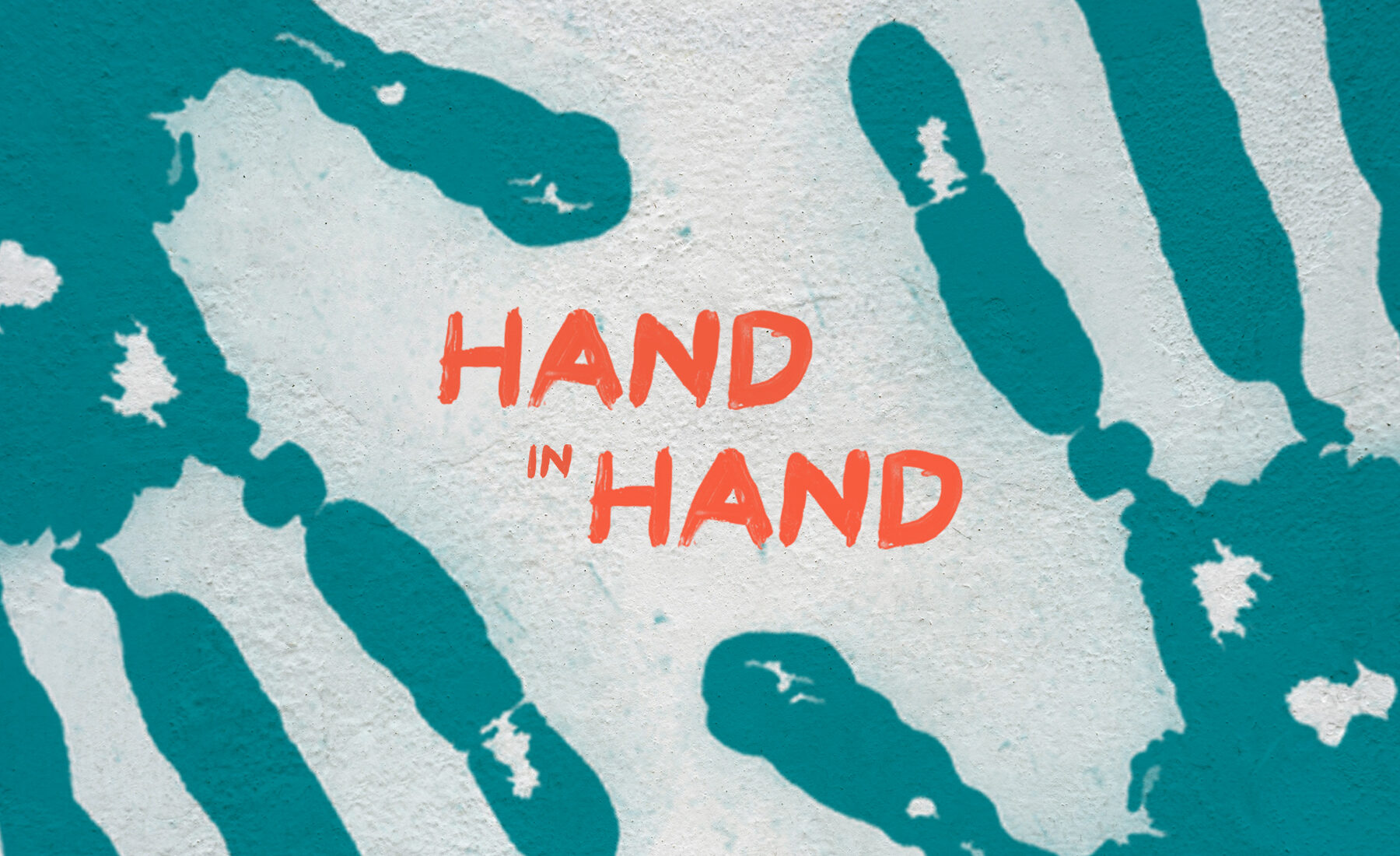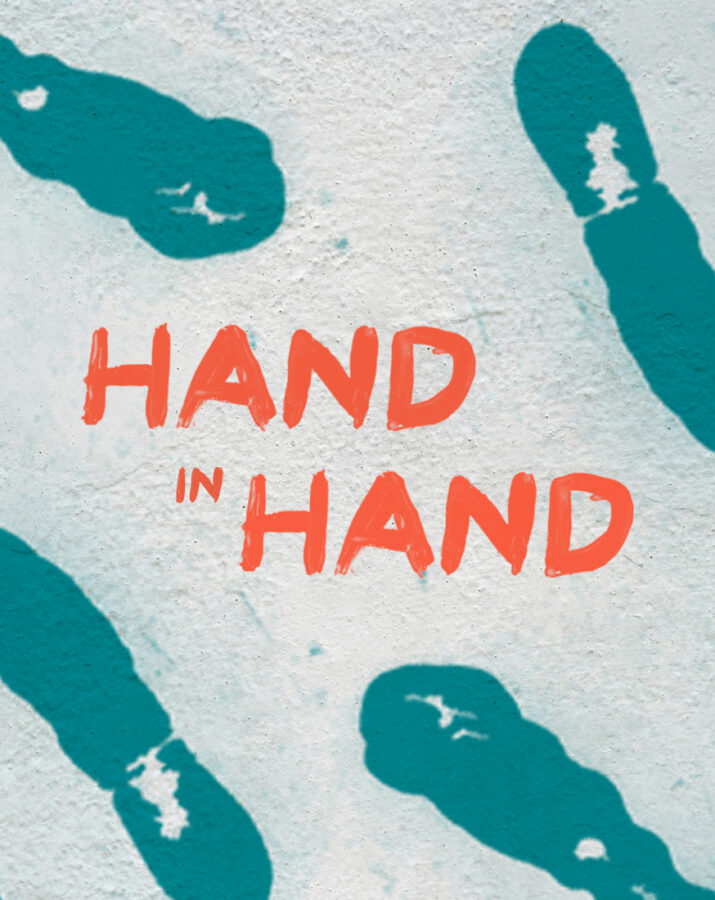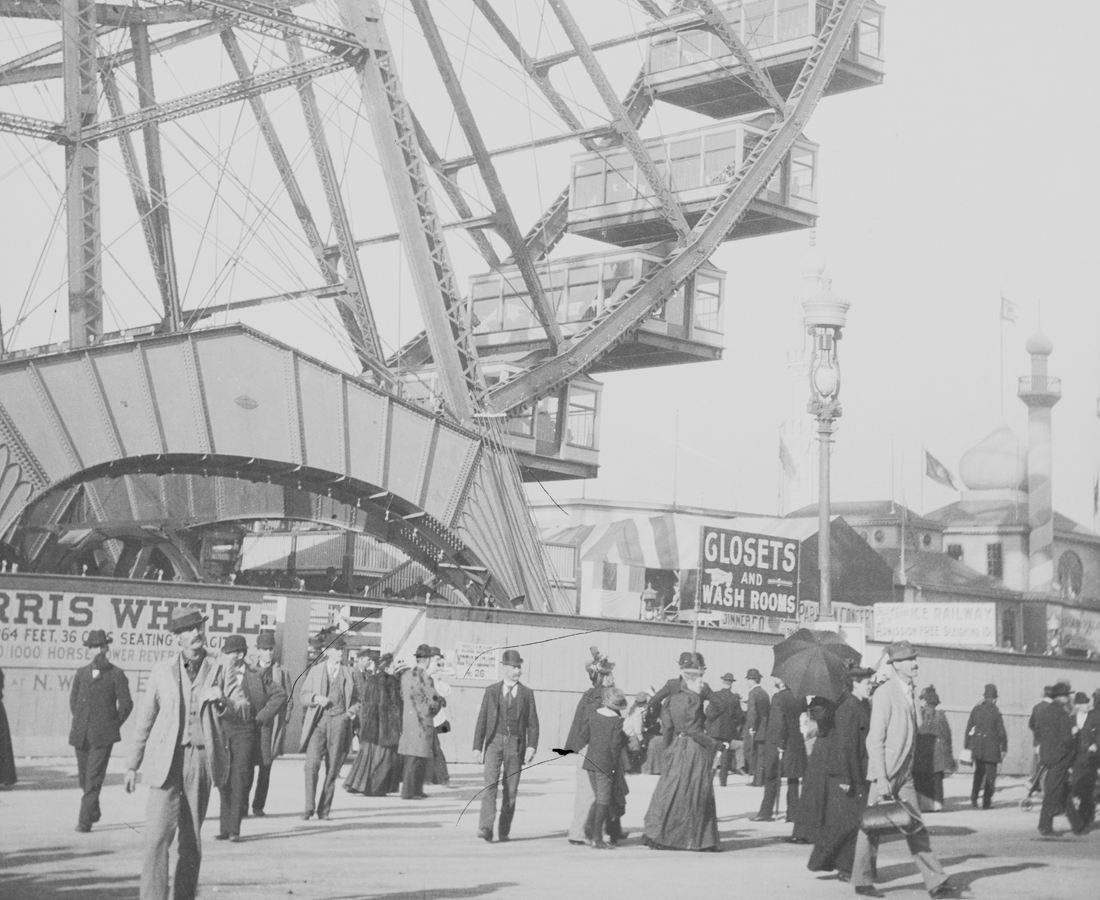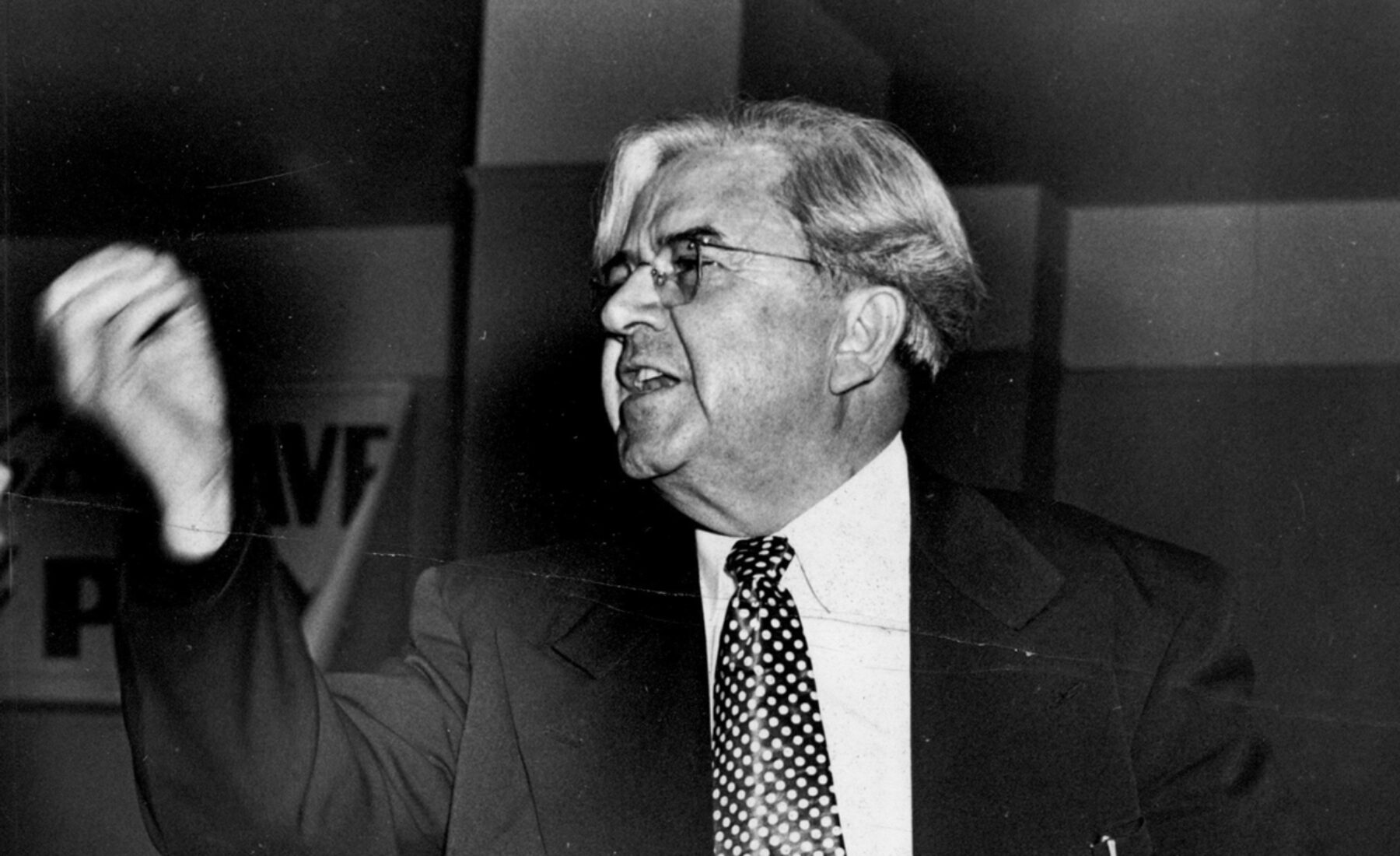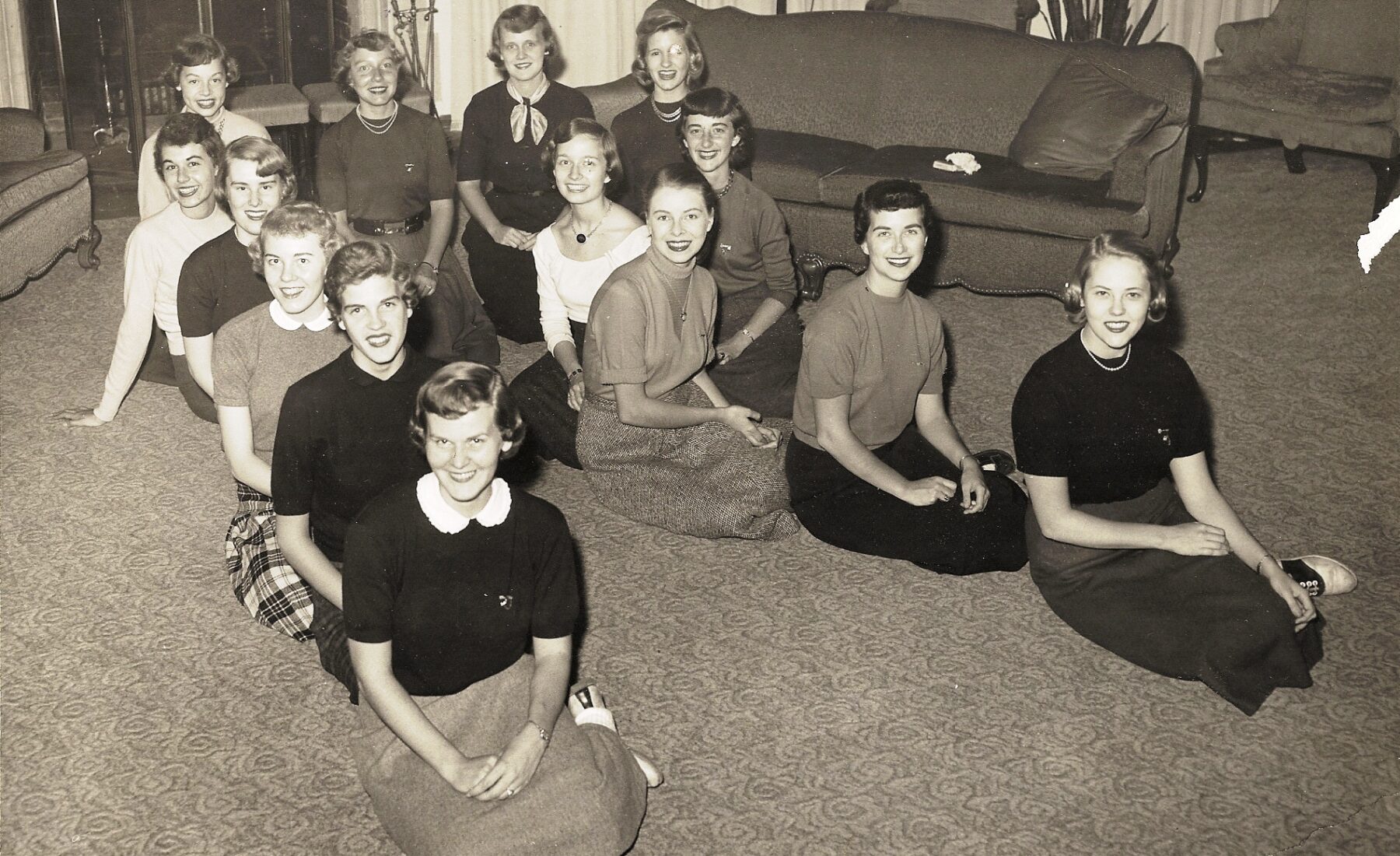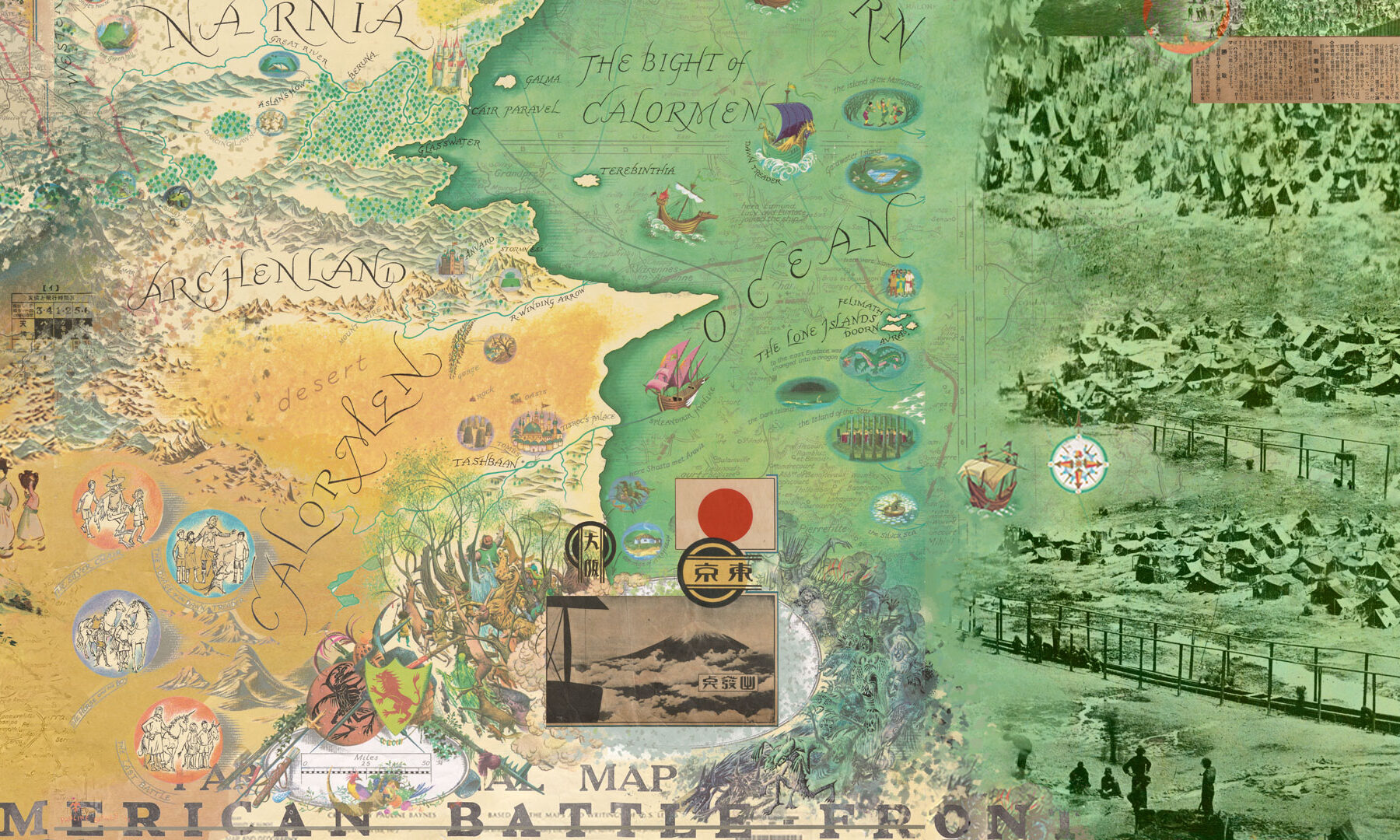For decades, Uni students have been making their mark—not necessarily with just Pulitzer or Nobel prizes or lofty film or literary awards—there are plenty of those. Instead, using their right or left hand (occasionally a foot), every year, seniors take to the walls leaving handprints made in person and which will exist in perpetuity—or at least until the plaster falls off. Since 1973, they have served as a decoration and a record of those who walked through the halls of Uni.
The tradition started the same year American Graffiti (which, by the way, isn’t about graffiti) was playing in theaters, and graffiti “artists” in Philadelphia and New York City wielding spray paint tagged the sides of just about everything.
A powerful zeitgeist took over the nation, compelling youth to express their individuality and permanence this way.
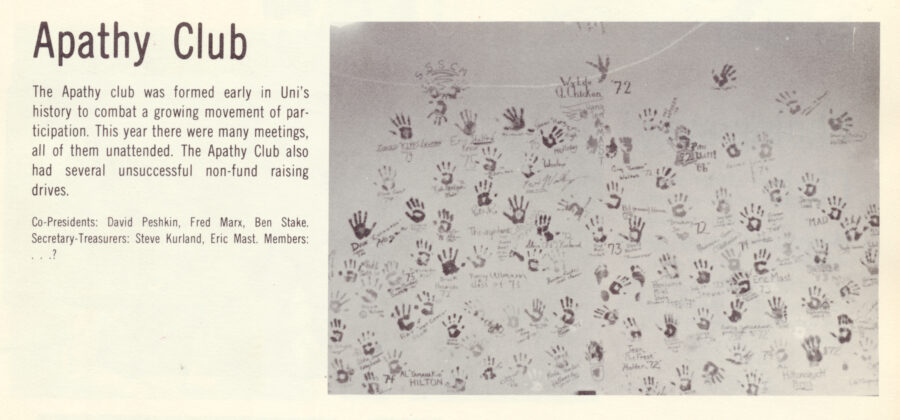
Of course, Uni’s handprints were school-sanctioned, and during the first year, they were used to raise money for the school.
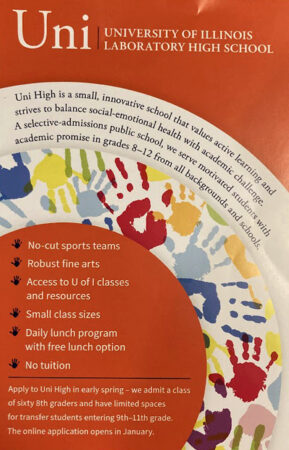
Frederick Marx (UNI ’73, LAS ’77), the Oscar-nominated producer and writer of Hoop Dreams, remembers the project’s genesis well.
“I was on the ‘lounge committee’ in 1972—yes, I had, at the tender age of 16, already achieved my life’s greatest aspiration of being on a lounge committee—when we decided on this plan,” Marx wrote when we reached out to him.
“I could easily be wrong, but I think the idea of doing these wall prints was mine. Everyone did hands, but I wanted to do my feet because of the absurdity and ridiculousness of it.”
The lounge, where most handprints reside, is a space today managed by juniors and seniors with minimal administrative oversight. Students retreat there to study, sleep, relax, and at one time, listen to the jukebox.
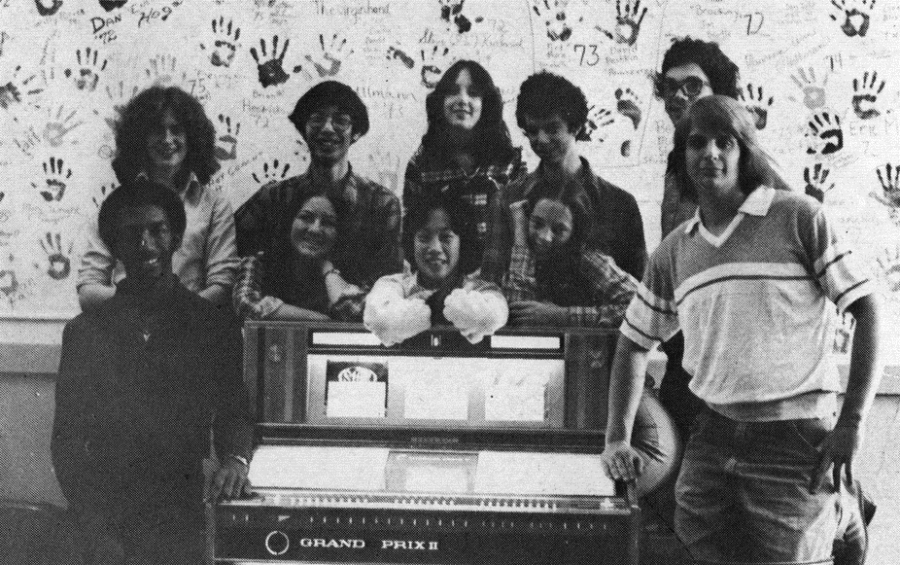
As with many enduring traditions, adjustments needed to be made. The lounge’s four walls and a bit of the ceiling were full, so the handprints expanded to the hallway of the first floor.
Now, at a time when students learn and create virtually, only to share virtually, the chance to smother their hands in gooey, viscous paint and give a very tangible high five to the walls of the house that hosted them is always too much to pass up. It feels more permanent, even rivaling an Instagram story or comment on Discord.
Uni social studies teacher Ben Leff (UNI ’01) placed his handprint in 2001. Now he helps seniors in the remaining weeks of their school year make one more lasting decision.
“There are all these rites of passage that go along with graduating from institutions, and we have all these ceremonies,” Leff said. “This is a very tangible tradition, something you physically do, leaving a physical mark. You have now become part of this space, and I think there’s power in that.”
This story was published .